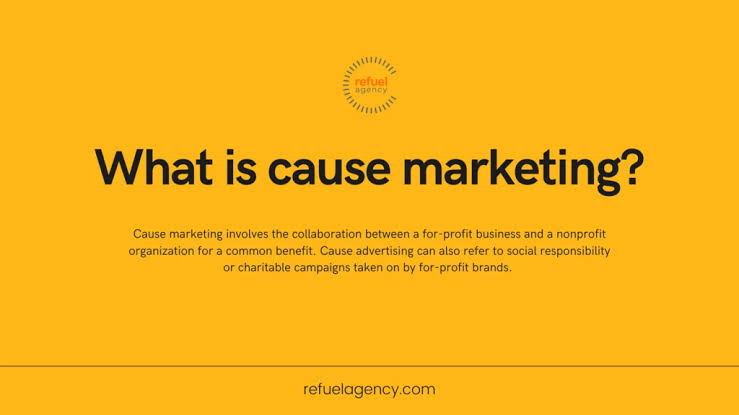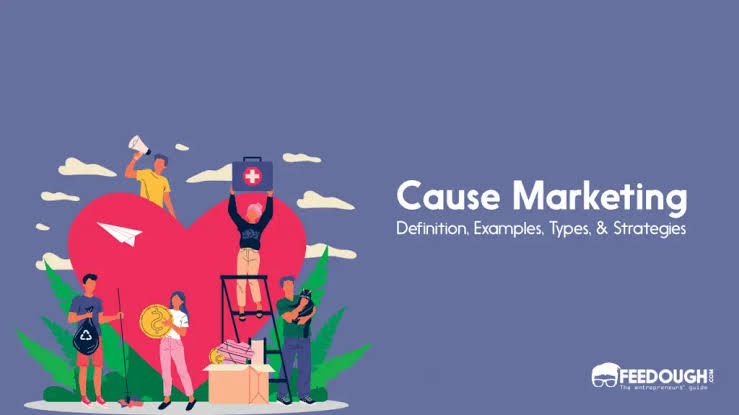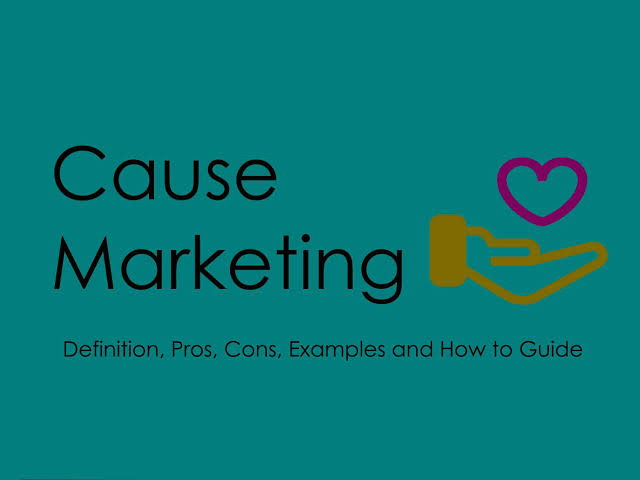
Cause Marketing: A Powerful Tool for Social Impact

Introduction
Cause marketing is a strategic partnership between a for-profit company and a non-profit organization that aligns their goals to create a mutually beneficial relationship. By leveraging their resources and platforms, businesses and nonprofits can amplify their impact, raise awareness for important causes, and drive positive change in the world.

Benefits of Cause Marketing
- Increased brand awareness and loyalty: Consumers are more likely to support brands that align with their values and support causes they care about.
- Enhanced customer engagement: Cause marketing campaigns can create a sense of community and foster deeper connections with customers.
- Positive public relations: Businesses that engage in cause marketing are often seen as socially responsible and trustworthy.
- Increased sales and revenue: Studies have shown that consumers are willing to pay more for products and services from companies that support causes they believe in.
- Employee morale and motivation: Employees are more engaged and motivated when they know their company is making a positive impact on society.

Types of Cause Marketing Partnerships
There are various types of cause marketing partnerships, including:
- Product donations: Businesses donate a portion of their sales or profits to a non-profit organization.
- Cause-related marketing: Businesses create products or services that are specifically tied to a cause, with a portion of the proceeds going to the non-profit.
- Volunteerism: Businesses encourage their employees to volunteer their time and skills to non-profit organizations.
- Cause-related events: Businesses host events or fundraisers to raise money for non-profit organizations.
- Cause-related advertising: Businesses use their advertising platforms to promote non-profit organizations and their causes.
Key Elements
- Partnerships: Collaborating with non-profit organizations or social initiatives.
- Campaigns: Creating marketing campaigns that highlight the cause and the brand’s involvement.
- Customer Engagement: Encouraging consumers to participate through donations, volunteering, or advocacy.
- Transparency: Clearly communicating the impact of the partnership and how funds are used.

Best Practices for Cause Marketing
To ensure the success of a cause marketing partnership, it is important to follow these best practices:

- Align with your brand values: Choose a cause that aligns with your company’s mission, values, and target audience.
- Set clear goals: Define specific goals for your partnership, such as increasing awareness, raising funds, or driving volunteerism.
- Measure your impact: Track the results of your campaign to measure its effectiveness and make adjustments as needed.
- Be transparent: Communicate clearly to consumers how their support will benefit the non-profit organization.
- Build a long-term relationship: Treat your cause marketing partnership as a long-term investment and nurture the relationship with the non-profit organization.

Here’s a summary of the advantages and disadvantages of Cause Marketing:
Advantages
| Advantage | Description |
|---|---|
| Enhanced Brand Loyalty | Builds emotional connections, fostering customer loyalty. |
| Positive Brand Image | Aligns the brand with social good, improving public perception. |
| Increased Engagement | Encourages participation from customers in meaningful ways. |
| Differentiation | Distinguishes the brand in a competitive market. |
| Attracts New Customers | Appeals to socially conscious consumers and millennials. |
| Boosts Employee Morale | Engages employees who feel proud to work for a socially responsible brand. |
Disadvantages
| Disadvantage | Description |
|---|---|
| Potential for Backlash | If perceived as insincere, it can damage brand reputation. |
| Resource Intensive | Requires time and investment to execute effectively. |
| Limited Audience Reach | May not resonate with all demographics, limiting impact. |
| Short-Term Focus | Campaigns may be seen as temporary rather than a long-term commitment. |
| Complex Partnerships | Collaborating with causes can lead to logistical challenges. |
| Risk of Greenwashing | May be accused of exploiting social issues for profit without genuine commitment. |
Conclusion
Cause marketing is a powerful tool that can create a win-win situation for businesses and non-profit organizations. By aligning their goals and leveraging their resources, they can amplify their impact, raise awareness for important causes, and drive positive change in the world. By following best practices and building strong partnerships, businesses can harness the power of cause marketing to make a meaningful difference while also enhancing their brand and customer engagement.

